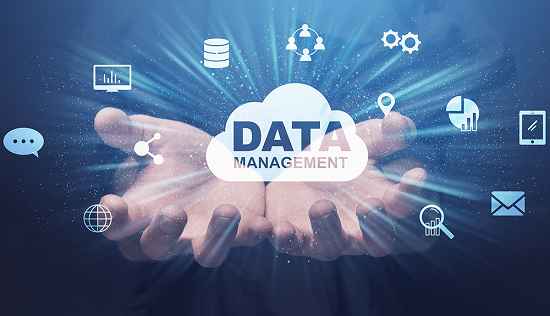As businesses grow, the need for software to manage and automate tasks also increases. However, many businesses struggle to optimize the software development process, leading to delays, errors, and frustration. Containerization can help to optimize the software development process and make it more efficient. Docker is a popular containerization technology that can help package, ship, and deploy applications quickly and easily. Docker registry by JFrog is an excellent option for businesses looking to look into containerization.
Understand The Different Types Of Software Development Models
There are a few different types of software development models that businesses can use, depending on their needs. The most common models are waterfall, agile, and DevOps.
The waterfall is a traditional model where each stage of development must be completed before the next one can begin. This can work well for smaller projects with well-defined requirements. However, it can be inflexible and lead to delays if there are changes during the project.
Agile is a more flexible approach where tasks are completed in short cycles called sprints. This allows for changes to be made more efficiently during the project. Agile is often used for larger projects where requirements may change during development.
DevOps is a relatively new model that combines elements of both waterfall and agile. In DevOps, there is a focus on automation and collaboration between developers and operations teams. This can help to speed up development and make it more efficient.
Businesses should choose the software development model that best fits their needs. Smaller businesses may be able to get by using the waterfall model, while larger businesses may need to use agile or DevOps.
Plan And Track Your Progress Using A Tool Like Jira

Jira is a popular project management tool that can plan and track progress during the software development process. It can be used to create tasks, assign them to team members, set due dates, and track progress. Jira can also be used to generate reports so that you can see how your project is progressing.
Jira can be a great way to keep track of your software development process and ensure that it is running smoothly. However, it is essential to remember that Jira is just a tool and should not be used as a replacement for good project management practices.
If you are not using Jira, several other tools can be used to plan and track progress during the software development process. Some other popular options include Asana, Trello, and Basecamp.
Use Automated Testing Tools To Catch Errors Early
Automated testing tools can catch errors early in the software development process. These tools can run tests automatically and report any errors that are found. This can help save time and ensure that your software is high quality.
Several different automated testing tools are available, such as Selenium, Appium, and Robot Framework. Choosing a tool compatible with your programming language and development environment is essential.
Automated testing can be a great way to improve the efficiency of your software development process. However, it is essential to remember that these tools should not be used as a replacement for manual testing. Automated tests should be used in addition to manual tests to ensure the highest quality software possible.
Integrate With Other Systems For Data Management And Reporting

The software development process should be integrated with other data management and reporting systems. This can help improve the process’s efficiency and ensure that accurate data is being collected.
Data management and reporting are essential aspects of the software development process. Several different tools can be used to manage and report on data. Some popular options include Tableau, Power BI, and Google Analytics.
Integrating with other systems can help to improve the efficiency of your software development process. However, it is crucial to choose the right tool for your needs. You should select a tool compatible with your programming language and development environment.
Tableau is an excellent option for businesses looking to improve their data management and reporting processes. Tableau can be used to create visualizations of data, which can help to make the data easier to understand. Tableau can also generate reports, which can help businesses track their progress and identify areas for improvement.
Power BI is another excellent option for businesses looking to improve their data management and reporting processes. Power BI can be used to create interactive reports and dashboards. Dashboards can monitor Key Performance Indicators (KPIs) and identify areas for improvement.
Manage Stakeholders Effectively And Keep Them Updated On Project Status
One of the essential aspects of optimizing the software development lifecycle is effective stakeholder management. Keeping stakeholders updated on project status, progress, and changes is crucial to ensuring smooth communication and collaboration throughout the software development process.
There are a few key things to keep in mind when managing stakeholders:
- Establish clear expectations from the beginning
- Set up regular check-ins and update meetings
- Keep everyone informed of changes or delays
- Be responsive to questions and concerns
- Manage expectations proactively
Read Also



